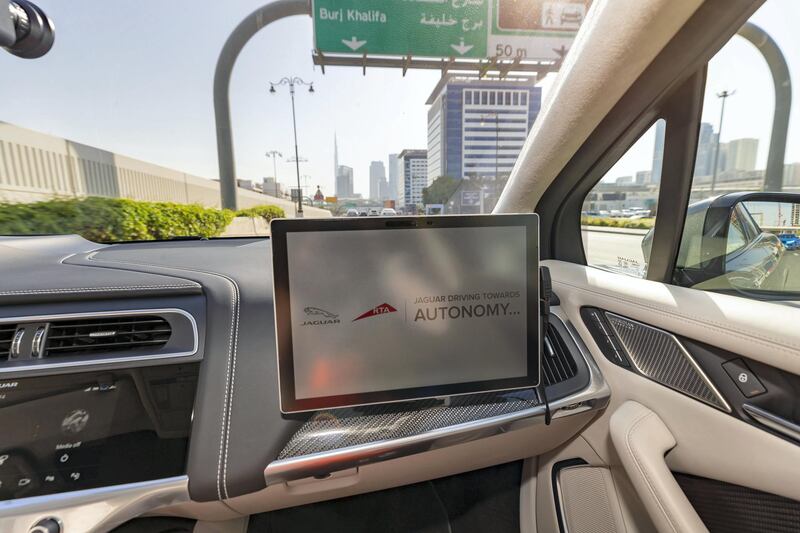Dubai announced new legislation this week to make it easier for driverless vehicles to be tested on the emirate's roads.
The new laws fall under the Dubai Smart Mobility Strategy, which aims to ensure that a quarter of journeys in self-driving vehicles by 2030.
The Dubai initiative's goals are "to reduce the cost of transport, carbon emissions and accidents, besides saving hundreds of million hours wasted in driving conventional vehicles", said Ahmed Hashim Bahrozyan, chief executive of the Public Transport Agency and chairman of the Smart and Sustainable Transport Committee at Roads and Transport Authority.
The legislation comes after a resolution to regulate autonomous vehicles that was announced in April.
Under the new rules, the authority is charged with assessing and signing off on the technical and safety standards of trials, including defining where tests can take place and the speed limit.
Dubai Police and the Dubai Corporation for Ambulance Services are expected to ensure public safety during the trials.
The legislation also exempts RTA from any liability in connection with accidents or losses during test drives, placing responsibility solely with the testing entity.

The UAE is a global leader in preparing for the advent of autonomous cars on its roads, and is expected to be among the first to introduce driverless vehicles, according to a 2019 report by global consultancy KPMG.
The country was ninth on the consultancy's index last year, based on an assessment of its legislation, technology and innovation adoption, the quality of its roads and consumer acceptance.
The Netherlands, Singapore, Norway, the United States and Sweden made up the top five.
The biggest improvement needed in achieving fully autonomous driving is in hazard-detecting sensors.
By using cameras that provide a 360-degree view of a car's surroundings, and combining that data with artificial intelligence, a vehicle can detect, identify and respond to obstacles and navigation.
The next-generation wireless network, 5G, will speed up connection times, allowing for these sensors to respond in real-time.
The widespread adoption of 5G over the next decade is expected to unlock the full potential of driverless cars.








